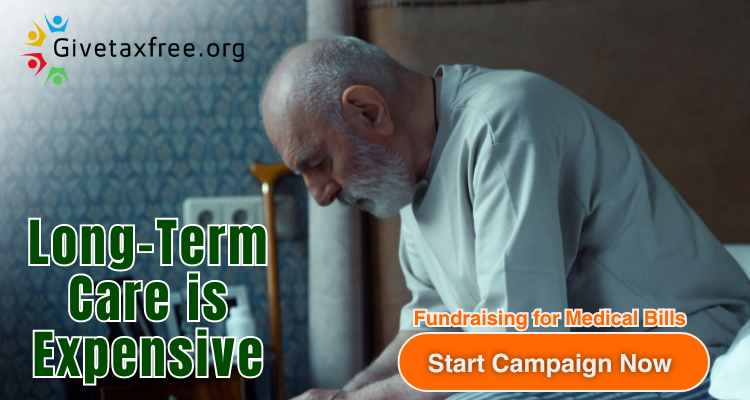The female reproductive system is a complex network of organs and structures that play a crucial role in reproduction and overall health. Understanding this system is essential, not only for reproductive health but also for recognizing conditions like Polycystic Ovary Syndrome (PCOS), which can affect a woman’s hormonal balance, fertility, and more.
The Female Reproductive System
The female reproductive system consists of both external and internal parts:
External Genitalia: Includes the mons pubis, labia majora, labia minora, clitoris, and the openings to the urethra and vagina.
Internal Organs: Comprises the vagina, cervix, uterus, fallopian tubes, and ovaries. The ovaries produce eggs and hormones like estrogen and progesterone.
The system is designed to perform several functions, including the production of eggs (ova), the reception of sperm, the provision of an environment for fertilization and fetal development, childbirth, and menstruation.
Polycystic Ovary Syndrome (PCOS)
PCOS is a common hormonal disorder affecting women of reproductive age. It is characterized by:
Irregular Menstrual Cycles: Due to infrequent or prolonged menstrual periods or the absence of ovulation.
High Levels of Androgens: These “male” hormones may result in physical signs like excess facial or body hair.
Polycystic Ovaries: Enlarged ovaries containing numerous small, fluid-filled sacs surrounding the eggs.
Symptoms and Diagnosis
Women with PCOS may experience weight gain, acne, thinning hair, and fertility issues. Diagnosis typically involves a review of medical history, physical examination, blood tests to measure hormone levels, and possibly an ultrasound to examine the ovaries.
Causes and Risk Factors
The exact cause of PCOS is unknown, but factors may include insulin resistance, inflammation, and heredity. Obesity and a sedentary lifestyle can increase the risk of developing PCOS.
Treatment and Management
While there is no cure for PCOS, symptoms can be managed. Treatment options include lifestyle changes like diet and exercise, medications to regulate menstrual cycles, fertility treatments, and procedures like laparoscopic ovarian drilling for those who do not respond to medication.
Impact on Health
PCOS is associated with several long-term health risks, including type 2 diabetes, high blood pressure, heart disease, and endometrial cancer. Early diagnosis and treatment, along with regular monitoring, can help manage these risks.













![All about testicular cancer [Video]](https://cancerrecoverygiving.com/wp-content/uploads/2024/07/mp_353562_0_0jpg.jpg)
![YouTube [Video]](https://cancerrecoverygiving.com/wp-content/uploads/2024/07/mp_352096_0_0jpg.jpg)
![Critical Prostate Cancer Symptoms You Should NEVER Ignore [Video]](https://cancerrecoverygiving.com/wp-content/uploads/2024/04/mp_256907_0_0jpg.jpg)
![Aries Spears Issues Colonoscopy PSA, Tells Black Men Not to Be Homophobic [Video]](https://cancerrecoverygiving.com/wp-content/uploads/2024/07/mp_349627_0_0jpg.jpg)

